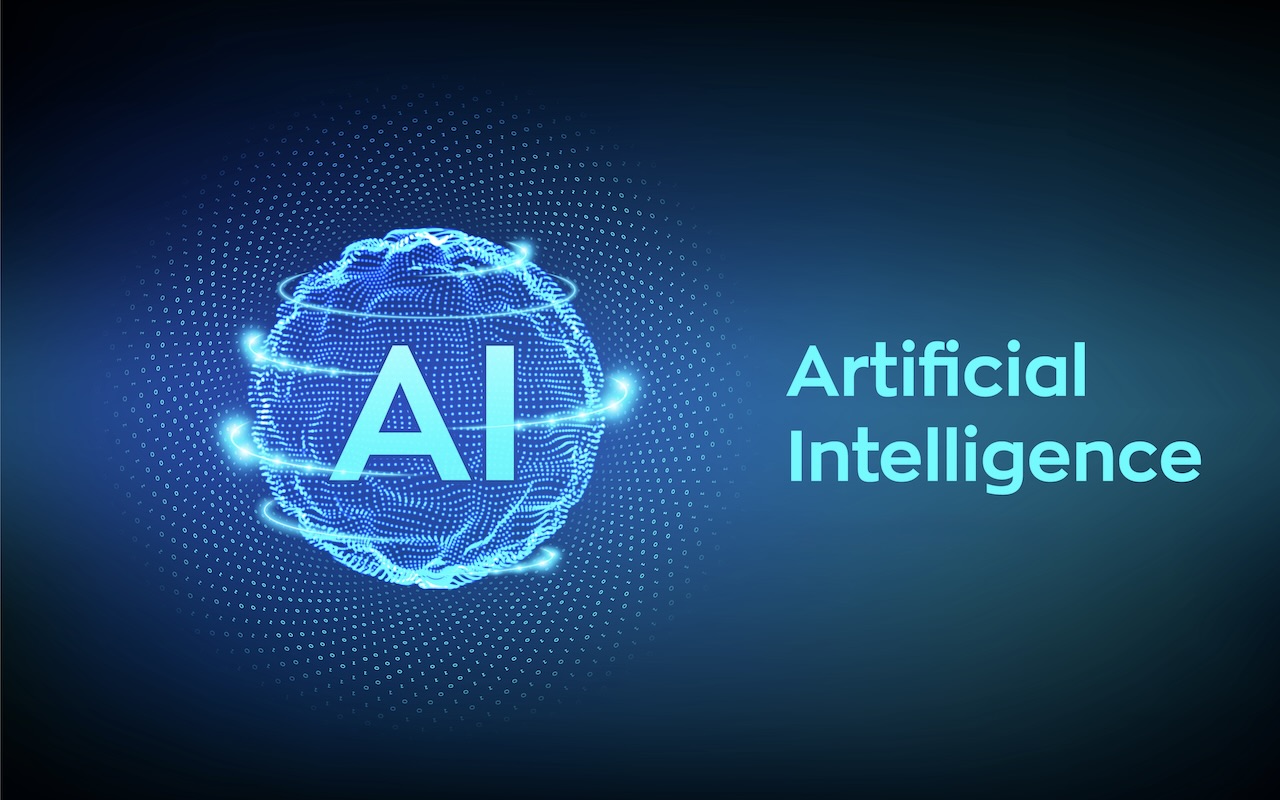
There is a famous proverb quoted by the philosopher Heraclitus, “Change is the only constant”. Aligning with this ideology, it can be said that artificial intelligence (AI) and machine learning (ML) are redefining how organizations operate.
This shift indicates that we are in the midst of a digital inflection point where businesses are transitioning from traditional to modern adaptive workflows. And the AI-led transformation that we can see encompasses more than just technology. It affects people, team interactions, and strategic decision-making in an organization.
So, for modern leaders, it translates into smarter decision-making, more effective ways of cost-saving, and optimized resource management. To achieve these high-yielding results, many organizations have also been partnering with AI consulting services. It is because their expertise helps management design and implement actionable insights that can promise measurable business growth.
With this as the cornerstone, the article sheds light on how AI and ML are transforming the state of business workflows, focusing on agile and modern frameworks.
Why Traditional Workflows Fall Short in Today’s Digital Era?
For decades, business leaders have trusted rule-based, traditional workflows where teams could work together to achieve measurable results. But as the market is evolving, traditional workflows seem rigid and ineffective. Hence, there is a need to adopt agile and faster business methodologies.
With this understanding, this section explores some frictions and challenges faced in the former case (traditional workflows).
1. Repetitive Manual Tasks
The traditional working approach usually involved teams working on set processes involving non-strategic tasks. This implies duplication of work and a loss of valuable time and resources. As a result, there is less time to innovate and an increased risk of errors.
2. Data Silos
This issue addresses the case where each business function works independently, with no unification in data management. It can lead to inaccurate results and fragmented data, which eventually has a detrimental effect on decision-making.
3. Limited Visibility
This aspect discusses operational inefficiencies caused by the lack of real-time analytics reports and monitoring. Here, the business impact is that there are blind spots in performance and inaccurate knowledge about the evolving customer trends.
4. Lack of a Proactive Strategy
Traditional workflows are built around historical data and fixed rules. So, they can only function when the market is predictable. But with evolving business risks, a proactive strategy is necessary. And its lack may lead to slower response to changes and missed business opportunities.
Simply put, traditional workflows mainly work around “managing the predictable” instead of “real-time analysis and proactive responses”.
Transitioning from Traditional to Adaptive Workflows with AI Integration Services
Driven by the motivation to do better, business leaders have been focused on transitioning from static to intelligence-focused workflows. Indeed, this has definitely helped their growth and deliverables in the digital economy present today.
With this in discussion, let us see some major shifts that have taken shape in business function workflows led by AI and ML.
| Function | Traditional Workflow | AI and ML-Powered Workflow | Impact |
|---|---|---|---|
| Finance | Manual data entry Rule-based fraud detection Human-led compliance and audits |
Real-time reports and variance analysis Anomaly Detection AI-based monitoring |
Improved financial accuracy and decision-making Better management of cash flows |
| Human Resources | Manual resume screening Static employee onboarding modules Standard training programs |
Automated skill-matching and screening Adaptive-role-based onboarding Custom training programs |
Higher employee engagement Delivering personalized learning & development modules Better employee experiences |
| Supply Chain Management | Keeping a manual track of inventory and logistics schedules | Predictive demand forecasting Fleet planning ML-based route optimization |
Improvements in inventory management Lower operational costs |
| Customer Service | 100% manually supported processes Slower response times |
AI chatbots assist in handling simple and complex customer queries Sentiment analysis and predictive support |
Faster issue resolutions Proactive and 24*7 support Higher customer satisfaction |
| Sales and Marketing | Static audience targeting Historical sales forecasting |
Use of predictive analytics in lead management ML-driven customer segmentation process |
Formulation of smarter data-driven strategies Higher conversion rates and real-time improvements |
| Manufacturing | Manually done quality assessments Static routine of production schedules |
Predictive maintenance of equipments Computer vision-led quality checks |
Considerably reduced defects Lower downtime Cost efficiency |
| Information Technology | Manually monitored systems Legacy system dependencies and risks |
AI-based threat detection Automated security updates and maintenance |
Enhanced cybersecurity Reduced legacy challenges |
Thus, AI and ML solutions in workspaces offer a promise of higher productivity and better performance. Moreover, AI integration services can be trusted to integrate them into business. This can be significantly effective in enhancing decision-making capabilities and reducing risk in business settings.
How an AI and ML Solutions Can Drive Workflow Transformation
As we explore the aspects of change from traditional to automated workflows in the business dimension, let us examine how it is all made possible in real-time. This will help leaders strategically plan this journey, where even AI consulting services might offer useful insights.
They are a trained set of professionals offering advice on modernizing your business operations by leveraging AI and ML technologies. Providers also offer extended support to make this change a part of your working system. Hence, they can be an incredibly helpful tool in this workflow optimization process.
1. Automation and Intelligent Process Management
Automation-led workflows are able to help companies reduce repetitive tasks and improve the strategic process of decision-making at the management level. To support this development, technologies such as Robotic Process Automation (RPA) help perform high-volume, routine tasks with speed and accuracy.
For leaders, this translates into lower operational costs, minimized human errors, and a more productive workforce.
2. Predictive Analytics for Proactive Operations
Additionally, an AI and ML development company can leverage predictive analytics to help anticipate and mitigate future risks based on studying behaviors and patterns represented by data. This is further used by AI systems to improve and tailor processes, focusing on productivity and engagement.
3. Enhancing Collaboration and Process Visibility
Another significant value added by AI-enabled workflows is enhanced collaboration and process visibility. Interestingly, enterprises integrate Natural Language Processing (NLP) and dashboards to process and reflect a unified data view for cross-functional business use to make this possible.
This enables management to work with real-time data, allowing greater transparency and accountability.
4. From Static Systems to Self-Optimizing Ecosystems
Beyond super-fast processing, AI transforms static systems into self-optimizing ecosystems. This happens when processes can adapt in real-time. An amazing example can be having fleet management in logistics, where IoT sensors are embedded in vehicles, allowing for monitoring the transportation used for service deliveries.
In this manner, AI and ML are increasing system efficiencies while supporting scalability and growth.
5. Decision Intelligence and Augmented Decision-Making
AI-driven systems empower leaders with actionable insights, helping in accurate and augmented decision-making. Additionally, prescriptive analytics takes a leap forward along with the modern generative AI technology to provide insightful recommendations, assisting in strategic planning. For executives working in key managerial roles, it can add a ton of difference to the efficiency and speed of decision-making.
Hence, there is no doubt that enterprises today are shifting to more adaptive and agile working styles, and workflows are being driven by AI and ML in this state of change.
Benefits of AI and ML-Driven Workflows for Leaders
As businesses consider partnering with AI consulting services to lead with AI and ML, it can be said that these technologies are an essential performance enabler today. Focusing on productivity and automation, they help managerial decisions relentlessly.
With this in mind, let us explore some of the benefits of AI and ML in business operations.
1. Operational Efficiency
As discussed earlier, AI solutions can help businesses automate repetitive processes, which saves resources like time, money, and effort. Optimizing workflows reduces delays and minimizes human error in the process. Hence, it can be attributed to enhanced operational efficiency.
2. Cost Optimization
\By reducing the number of redundant tasks in traditional processes, AI-driven workflows significantly help focus on lowering operational expenses. This helps leaders work on innovative initiatives to help boost team performance, while delivering output in more cost-efficient ways.
3. Scalability
Modern-day leaders invest in ML models that can continuously work on adapting in real time with growing data volumes and evolving business needs. Hence, there is a high scope of scalability and growth in organizations that integrate these self-optimizing ecosystems.
4. Developing Innovative Solutions
With the power of automation, teams can have more creative space and time to develop critical and innovative solutions for businesses. This is a problem-solver for overburdened employees and helps them unlock new opportunities for enterprises.
5. Competitive Advantage
Organizations that adopt AI and ML early have a significant competitive advantage. Having a clear vision of goals with a set of data-driven, proactive, and future-ready work processes allows for faster innovation and higher employee confidence. Moreover, it is also directly contributory to a stronger market positioning and customer satisfaction.
Final Thoughts
In essence, AI and ML are the strategic drivers of modern workflows in today’s corporate landscape. However, they need to be aligned with your business goals to deliver measurable outcomes.
Hence, there is a dire need for enterprises to consider a partnership with AI integration services. They promise agility, cost-effectiveness, and scalability without friction, and if a challenge occurs, support can be extended cross-functionally. Thus, the future belongs to organizations that trust AI and ML to intelligently manage business workflows today.
Featured Image by Freepik.
Share this post
Leave a comment
All comments are moderated. Spammy and bot submitted comments are deleted. Please submit the comments that are helpful to others, and we'll approve your comments. A comment that includes outbound link will only be approved if the content is relevant to the topic, and has some value to our readers.



Comments (0)
No comment